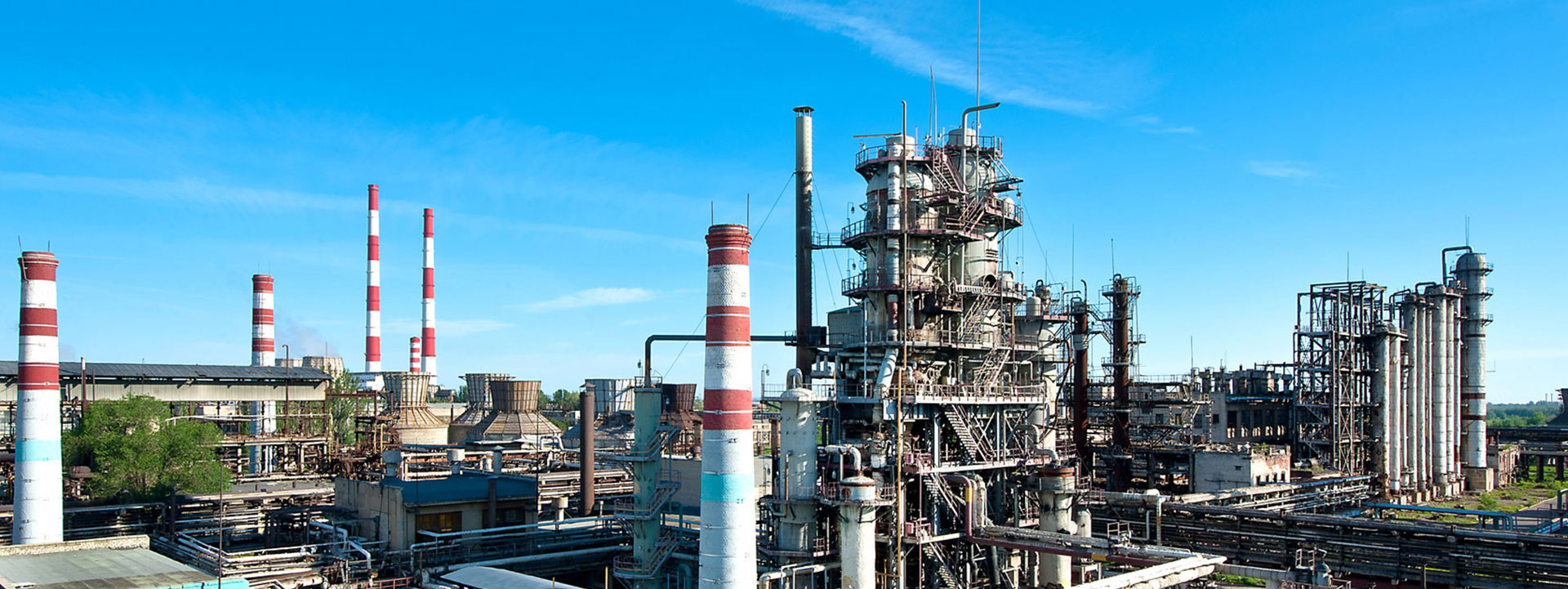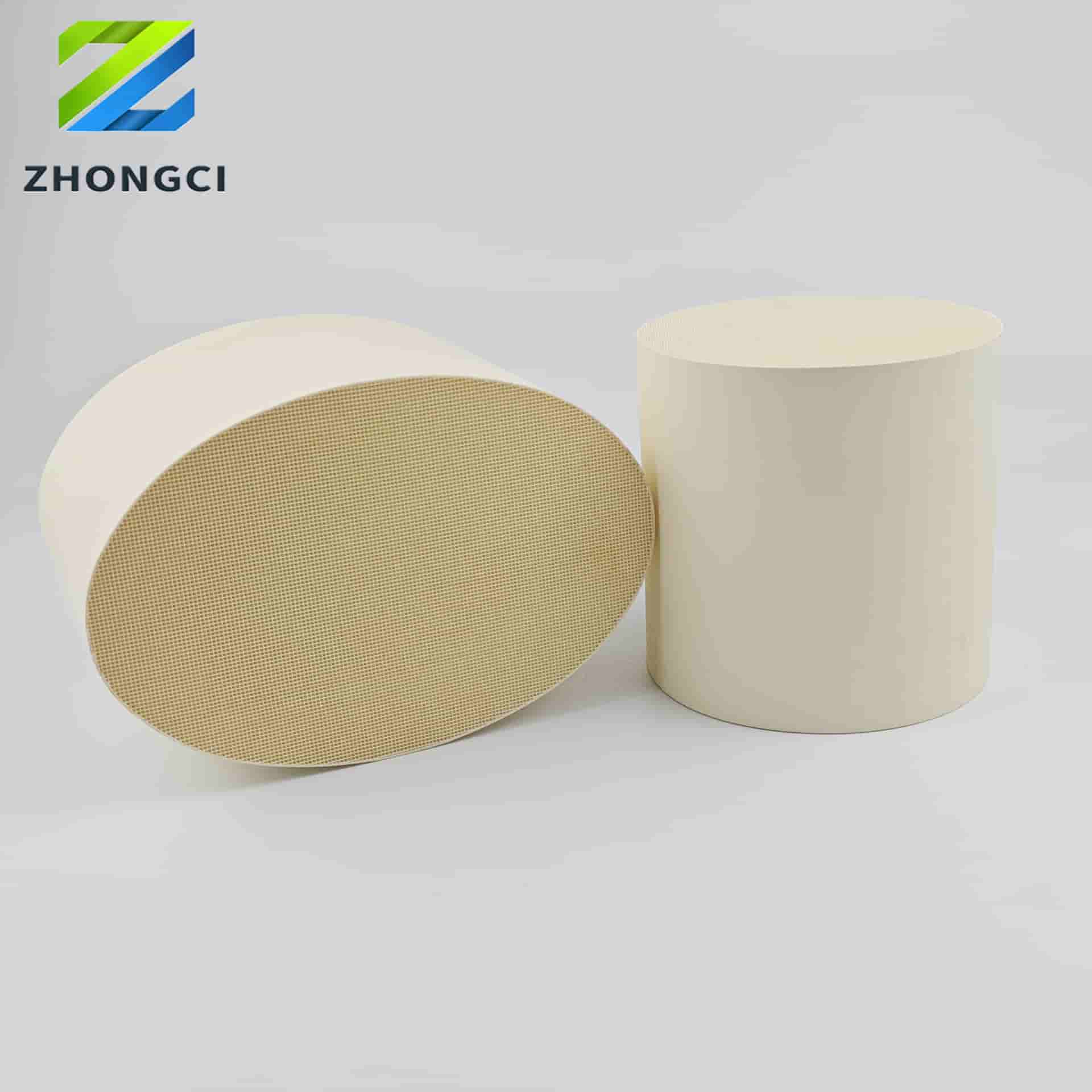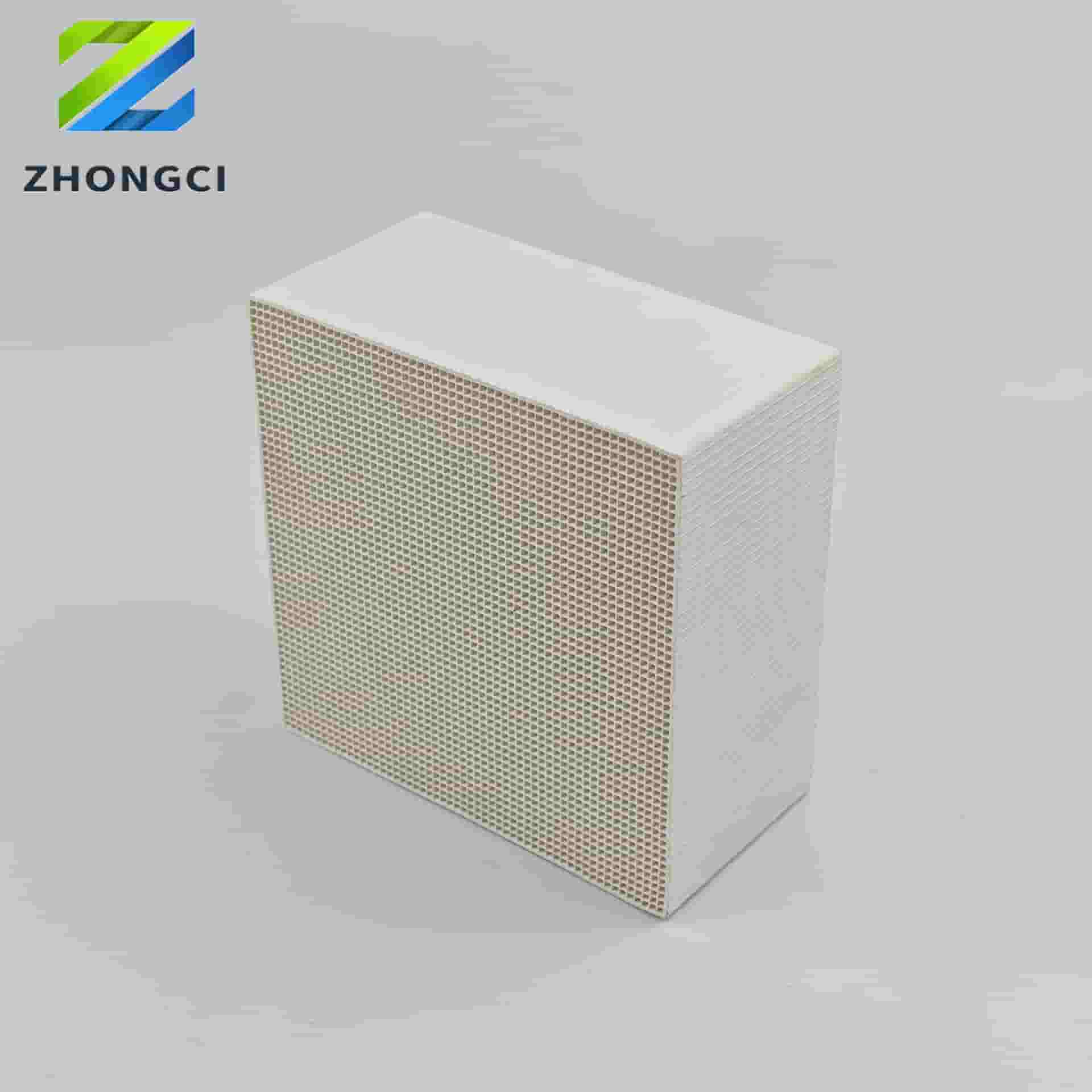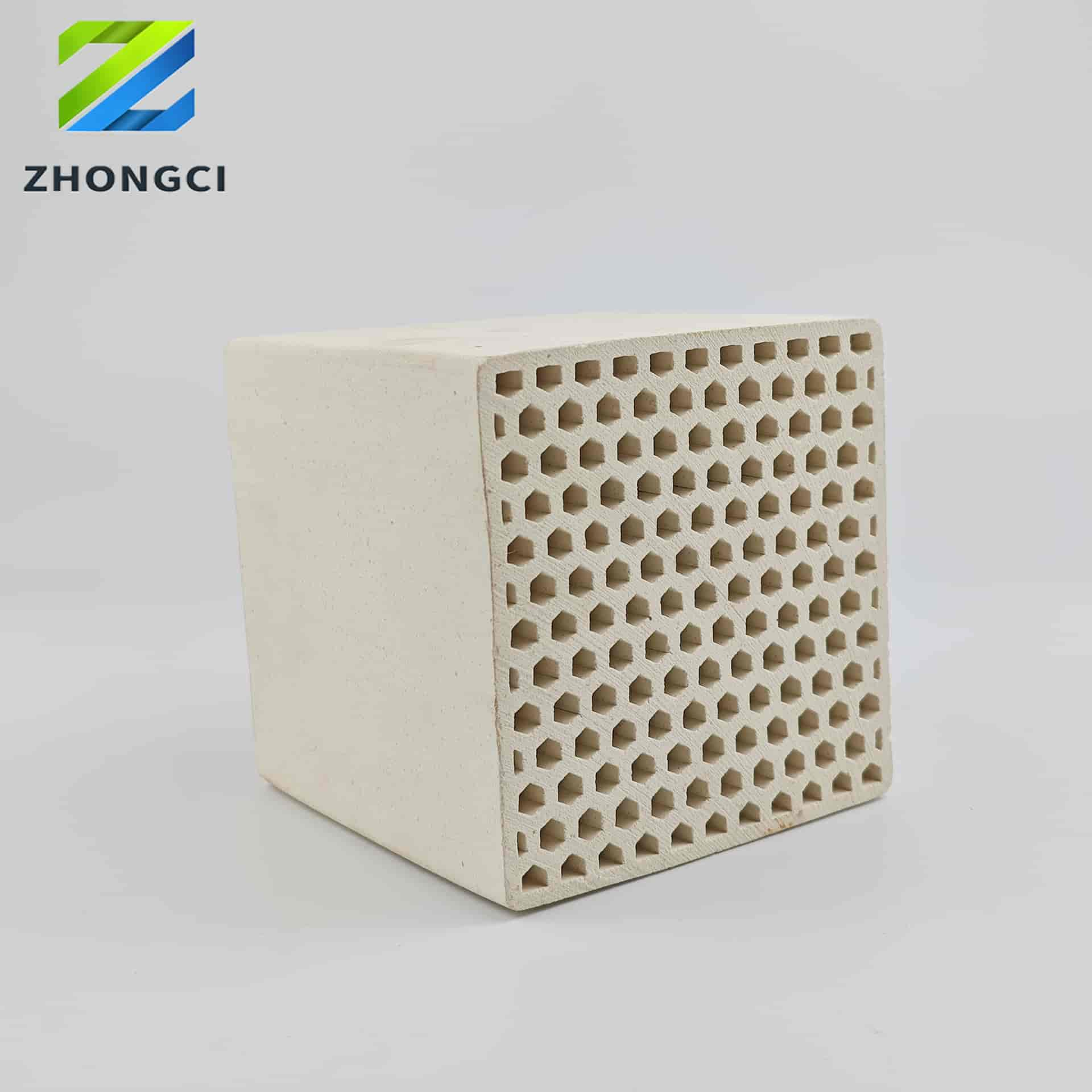The gel injection molding method integrates the benefits of polymer chemistry with ceramic technology. The monomer is polymerized into a gel by an initiator, and ceramic particles are embedded within the gel network. After drying and sintering, the final product is obtained. Honeycomb ceramics produced by this method exhibit high strength, uniformity, and excellent machinability.
Main production process:
Preparation of Gel Solution:
The gel solution is created by combining organic and inorganic materials. The process involves preparing the solution in a nitrogen atmosphere using nitric acid (Ba(NO3)2) and barium nitrate (Ba(NO3)2), along with other components, and adding an organic generator as a gel participant. During this unique chemical reaction, the organic solvent and inorganic substances interact, generating numerous organic substances simultaneously with the formation of the gel, resulting in a stable gel solution.
Gel Injection Molding:
Gel injection molding involves injecting the prepared gel solution into a mold. The material's chemical properties and various physical processes shape the gel into the desired form until it cures. The amount of gel solution injected dictates the ceramic's porosity, while the mold's shape determines the ceramic's final shape. During gel injection, it is crucial to control the flow rate and pressure with machinery to ensure the uniformity and precision of the injected gel solution.
Drying Treatment:
The mold containing the gel solution is placed in a drying chamber for heating and drying. The aim of this step is to cure the gel, completely eliminate the organic matter, and facilitate the sintering of the ceramic. Throughout this process, the temperature must be gradually increased and maintained for a specific duration to prevent the formation of cracks or fissures in the ceramic.
Sintering Treatment:
The dried ceramic is then placed in a sintering furnace for high-temperature treatment. This step induces chemical reactions within the ceramic body, forming a complete lattice structure to enhance its physical properties. Furthermore, sintering aids in the complete removal of residual trace organic matter, improving the performance of porous ceramics and increasing their porosity.


 2025-03-21
2025-03-21


 0799-6335986
0799-6335986
 +86-18107991684
+86-18107991684
 yuna@chempacking.cn
yuna@chempacking.cn

 Hmoe
Hmoe